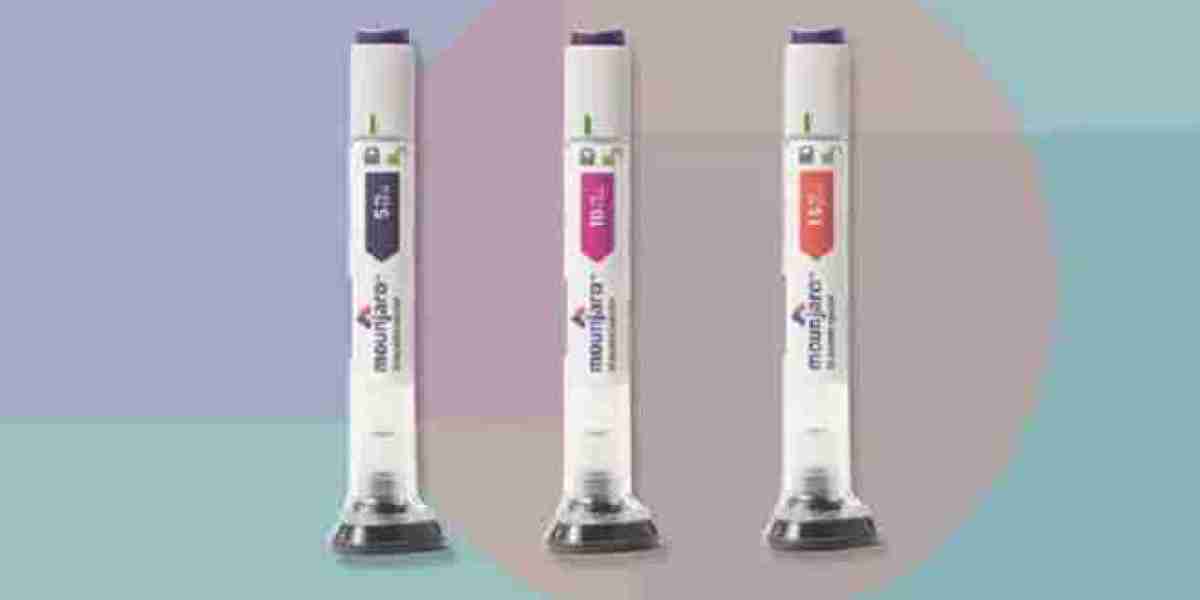At first glance, a cheap candle and an expensive candle of the same size might appear to offer the same value. After all, they are both made of wax, have a wick, and serve the same purpose—providing light and ambiance. However, the burning rate of a candle depends on several hidden factors that most buyers don’t consider when making a purchase.
1. The Role of Wax Quality in Burning Time
One of the biggest reasons cheap candles burn out faster is the quality of wax used. Higher-end candles often use refined paraffin, soy wax, or beeswax, while cheaper alternatives tend to use lower-quality paraffin wax or a mix of different waxes. The quality of wax affects:
- Melting point: High-quality waxes have a higher melting point, meaning they burn slower. Cheap waxes melt quickly, leading to a shorter burn time.
- Density: A denser wax takes longer to melt, while less dense wax burns away faster.
If a cheap candle is made of a low-grade paraffin blend, it will liquefy and evaporate faster than a premium candle made of natural wax.
2. Additives and Fillers in Cheap Candles
Many inexpensive candles contain fillers, which affect how the wax burns. Some low-cost manufacturers add petroleum-based substances or synthetic materials to make the production cheaper. These additives:
- Reduce the overall density of the candle
- Cause an uneven burn
- Increase soot and smoke production
This means a cheap candle might appear the same size as a premium one but will burn out much quicker because of its composition.
3. Wick Quality and Burn Rate
The wick is an often-overlooked part of a candle that significantly influences how long it lasts. Cheap candles typically have lower-quality wicks, which may:
- Burn too fast: If a wick is too thin or made of poor materials, it will cause the candle to burn quicker.
- Absorb wax inefficiently: A wick that absorbs and releases wax at an uncontrolled rate leads to wasted wax and a shorter lifespan.
- Cause uneven burning: A low-quality wick can cause the candle to tunnel, wasting wax that remains unburned.
On the other hand, high-quality candles use carefully designed wicks, often braided cotton or wood, to optimize burn time.
4. Air Pockets and Manufacturing Shortcuts
Cheap candle manufacturers sometimes cut corners during production, leading to hidden air pockets inside the wax. These pockets create an illusion of a solid candle but lead to:
- Faster melting when burned
- Uneven flames
- Wax wastage, as some parts burn faster than others
Expensive candles often undergo a better production process, ensuring a solid wax structure that burns consistently.
5. The Effect of Fragrance and Dyes on Burn Rate
Many budget-friendly candles use synthetic dyes and artificial fragrances, which impact how they burn. Some issues caused by these additives include:
- Lower melting points: Some fragrance oils can make wax softer, causing it to melt and burn faster.
- Unstable flames: Poorly mixed additives can lead to inconsistent burning, increasing wax wastage.
- Increased soot production: Cheap dyes and scents can create black smoke, affecting both air quality and candle longevity.
High-end candles, on the other hand, use natural essential oils and high-quality, stable dyes, leading to a cleaner, slower burn.
6. The Influence of Storage and Handling
Storage conditions can also affect a candle’s burn time. Cheap candles are often stored improperly, which leads to:
- Wax deterioration, making them softer and more prone to fast melting
- Wick damage, reducing its efficiency
- Warping, which affects how evenly the wax burns
Expensive candles, especially those from reputable brands, are stored and packaged to maintain their quality.
7. The Myth of Bigger Candles Lasting Longer
A common misconception is that the larger a candle, the longer it will last. However, if a cheap candle has all the above-mentioned flaws—low-quality wax, poor wick, synthetic additives—it will still burn out faster than a smaller but higher-quality candle.
Even if a candle appears thick, it might contain hollow spaces or be made of a soft wax blend, causing it to melt away quickly.
8. Candle Shape and Design Matter
Cheaper candles often come in generic shapes without much thought to how they burn. A poorly designed candle can lead to:
- Wax tunneling: The candle burns only in the center, wasting a lot of wax.
- Unstable flames: Unevenly shaped candles can burn irregularly, leading to faster depletion.
- Shorter lifespan: Candles that don’t melt evenly waste wax and burn out faster than they should.
Premium candle brands carefully design their candles to ensure a controlled, even burn.
9. Environmental and Airflow Factors
Cheap candles can be more sensitive to environmental factors such as:
- Drafts and wind: Poorly made candles flicker more, leading to inconsistent melting and wasted wax.
- Room temperature: Low-quality wax softens easily in warm environments, causing it to melt too fast.
Quality candles are made to withstand environmental conditions, ensuring a slow and steady burn.
10. Psychological Perception of Burn Time
Another surprising factor is perception. When we know a candle is cheap, we often pay less attention to how quickly it burns. If we expect it to be high quality, we tend to perceive it as lasting longer. This plays a role in how we judge the lifespan of a candle, even if the burn time difference is subtle.
Conclusion: The Hidden Cost of Cheap Candles
While buying a cheap candle may seem like a good deal, in reality, it often burns out faster due to poor wax quality, low-grade wicks, artificial additives, and improper manufacturing techniques. This means that you may actually spend more in the long run replacing cheap candles frequently rather than investing in a high-quality candle that lasts longer.
If longevity matters to you, it may be worth considering premium candles, as they often provide a more consistent, cleaner burn and ultimately save money over time.







